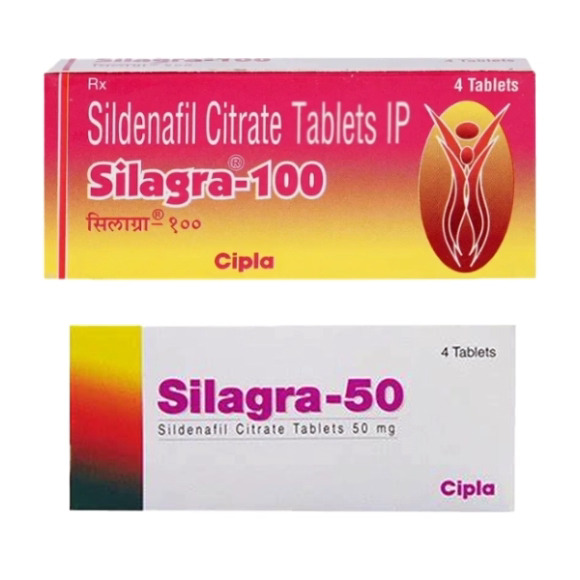Jaw surgery, or orthognathic surgery, is a highly specialized procedure aimed at correcting jaw misalignment, improving facial aesthetics, and enhancing oral function. While the primary goals of this surgery are often related to bite alignment and facial appearance, its effects on speech and eating are equally significant. For patients in Islamabad considering jaw surgery, understanding how the procedure influences these vital functions is essential for setting realistic expectations and planning for recovery. Jaw Surgery in Islamabad can significantly improve both facial symmetry and overall oral health.
Effects on Speech
Jaw alignment plays a critical role in speech production. Misaligned jaws, overbites, underbites, or asymmetrical facial structures can interfere with proper tongue placement, airflow, and articulation. This can result in speech challenges such as lisping, slurring, or difficulty pronouncing certain sounds. Jaw surgery aims to correct these skeletal irregularities, and in doing so, can improve clarity and overall speech function.
Immediately following surgery, patients may experience temporary speech difficulties due to swelling, discomfort, and limited jaw mobility. Pronunciation of certain consonants, such as “s,” “t,” or “d,” may be affected as the mouth adjusts to the new jaw position. However, these changes are typically temporary, and speech gradually improves as swelling decreases and the muscles adapt to the repositioned jaw.
Orthodontic treatment, often combined with jaw surgery, also plays a crucial role in speech outcomes. Proper alignment of teeth ensures that the tongue and lips can form sounds accurately, enhancing clarity. Speech therapy may be recommended in certain cases, particularly for patients with pre-existing speech difficulties or complex jaw realignment, to facilitate faster adaptation and optimal articulation.
Effects on Eating and Chewing
Eating and chewing are directly influenced by jaw alignment. Misaligned jaws can lead to uneven bite forces, difficulty chewing certain foods, and even discomfort or pain while eating. Jaw surgery corrects these structural issues, allowing for more efficient and comfortable chewing.
In the immediate post-surgical period, patients in Islamabad are usually advised to follow a soft or liquid diet. Foods such as soups, smoothies, mashed vegetables, and protein shakes are easier to consume while minimizing stress on the healing jaw. This period is essential for protecting the surgical site, reducing swelling, and promoting proper bone and tissue healing. Attempting to chew hard or chewy foods too soon can compromise healing, displace bone segments, or strain surgical sutures.
As recovery progresses, patients gradually transition to semi-solid foods and eventually to a normal diet. The timeline for reintroducing solid foods varies depending on the complexity of the surgery and the individual’s healing rate. Surgeons provide tailored guidance to ensure that chewing forces are gradually reintroduced, allowing the jaw muscles and bones to adapt safely.
Improvement in Functionality
One of the most significant long-term benefits of jaw surgery is the improvement in overall oral functionality. Once the jaw has healed, patients often report increased efficiency in chewing, reduced discomfort while eating, and the ability to consume a wider variety of foods. Correcting bite alignment also reduces the risk of excessive wear on teeth and temporomandibular joint (TMJ) disorders, which can further enhance eating comfort and oral health.
Similarly, speech improvements become more noticeable over time. The repositioned jaw allows for better tongue placement and improved airflow during speech, which enhances clarity and reduces strain on the vocal muscles. Many patients notice a significant improvement in both functional and social aspects of communication, contributing to increased confidence in personal and professional interactions.
Factors Influencing Recovery of Speech and Eating
Several factors influence how quickly and effectively patients regain speech and eating function after jaw surgery. These include the complexity of the surgical procedure, age, pre-existing dental or speech issues, adherence to post-operative care instructions, and overall health. Proper nutrition, hydration, and gradual reintroduction of solid foods play a crucial role in ensuring smooth recovery.
Patients who follow the surgeon’s guidance regarding dietary restrictions, jaw exercises, and oral hygiene are more likely to experience optimal functional outcomes. Support from family, caregivers, and, if needed, speech therapists, can further accelerate adaptation to the new jaw structure.
Conclusion
Jaw surgery in Islamabad has a significant impact on speech and eating, both immediately after surgery and in the long term. While temporary challenges such as swelling, limited jaw mobility, and difficulty chewing are common, these typically improve with proper care and gradual adaptation. Correcting jaw misalignment enhances speech clarity, improves chewing efficiency, and reduces discomfort, resulting in improved oral function and overall quality of life.
Understanding the effects on speech and eating helps patients prepare for the recovery process, set realistic expectations, and take proactive steps to optimize outcomes. With careful post-operative care, adherence to dietary guidelines, and, when necessary, supportive therapy, patients can enjoy the functional benefits of jaw surgery alongside its aesthetic and psychological improvements.






